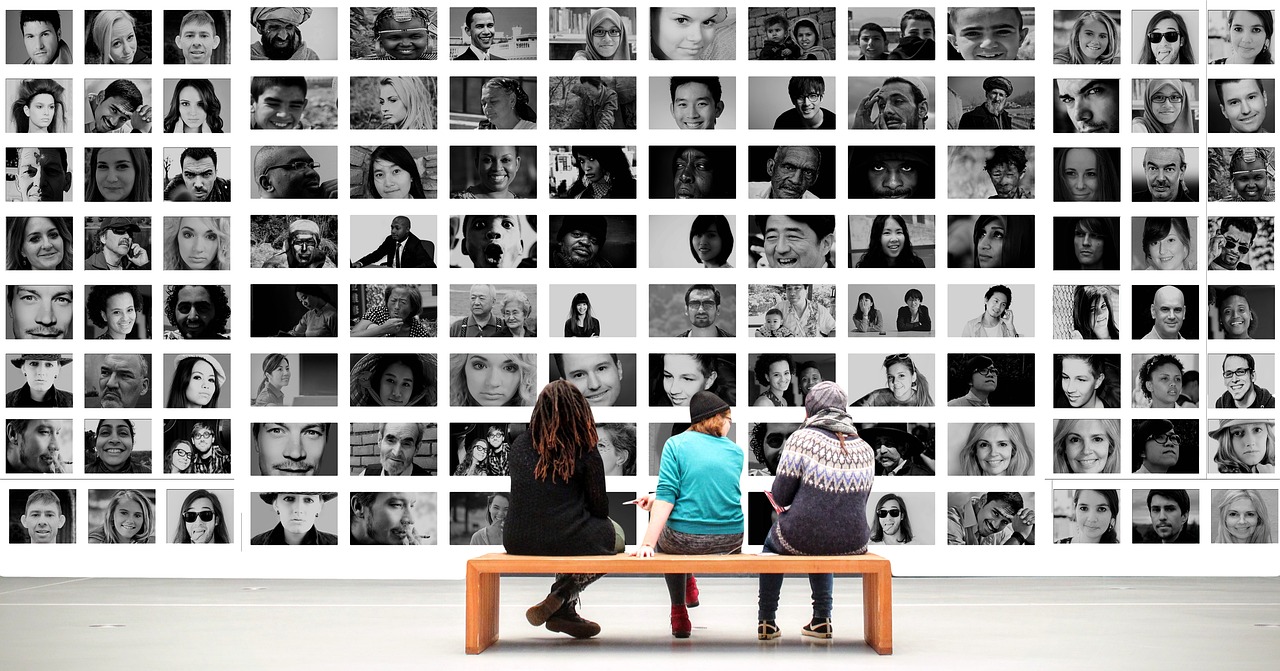
This Week’s Insights: Hacking the museum experience… Flipping the movie universe… Could outsiders have a better take on classical music?… Older Britons are engaging in more art… How augmented reality is customizing museums.
- Hacking The Museum: One of the biggest problems in expanding audiences today is the fact that we’re all so overwhelmed with information and choices that we’ve essentially walled off whole subject areas as things we’re not even going to consider. It’s a survival tactic. What it means is that increasingly we’re going to pay attention to things we know we’re interested in and not even consider, let alone take a chance on things that are unfamiliar. The costs of trying have gotten too high. So how do you get people to try, say, a museum if they’re dismissing museums out of hand? That’s what an initiative called Museum Hack is tackling: “I don’t think anybody before Museum Hack has said, “We’re going to really intentionally go after people who think that they don’t like museums.” It’s a strategy that stares reality right in the face and takes it on.
- Blockbuster Franchise Movies As Expensive TV: It used to be that movies were the longform and TV series were short stories. Then TV started extending their stories over whole seasons or multiple seasons. Now movies have evolved the form again. The big comic book franchises particularly have evolved into multi-episode cross-pollinating vehicles in which one universe collides with another. Take the latest Avengers epic: “Viewed in a vacuum, Infinity War is meaningless. As a standalone film, it’s a mess. Characters pop up for one scene and then vanish again completely. Nobody has any meaningful screen time. The antagonist swans about with an entirely unearned sense of motivation. And there’s no emotional weight to the ending. It’s just a lot of stuff happening to people we’ve barely met. We may as well be watching it happen to extras. But, with 10 years of context behind it, Infinity War is deeply impressive. We’ve watched these characters grow and change and their relationships evolve in several ways.” What does it mean for audience? It offers familiarity with the heroes you know and adds interest with the heroes you aren’t so familiar with. It’s a fanbase-adding strategy.
- Classical Music As Considered By Outsiders: Context is everything. Why does the classical music industry only look to its own professionals to solve its problems? I know musical enthusiasts whose opinions are no less informed or apposite than my own and work in professions where thinking laterally and finding creative solutions is a daily requirement. Surely these people are better able to understand conundrums and see resolutions than I am.
- Audience Stat Of The Week: The number of older Britons engaging with the arts is on the rise, says a new report. “The proportion of people in England aged 65 to 74 who engage with the arts at least once a year increased from 71% in 2005-06 to 79% in 2016-17. Among those aged 75 and over there was also a rise, from 58% to 62% over the same period.
- How Technology Is Changing The Museum Audience Experience: Augmented reality is allowing people outside the museum to recast the museum experience – customizing tours, making commentary that resets context of the art, even making criticism of museums and their exhibitions. Museums have long dealt with unauthorized augmentations of their exhibitions, such as unofficial tours, but technology has opened up new possibilities for activists and art enthusiasts eager to have a part in shaping the museum-going experience.
Regarding point 3, many important social contexts of classical music are rarely addressed by music journalists. Shouldn’t that be where an understanding of larger contexts begins? Our lack of public arts funding systems; the status of orchestras in our decimated cities; the ethos of elitism in our musical institutions created by a plutocratic system of funding; the nature of opera houses and symphony orchestras as dead art forms in the sense that they haven’t added a significant body of literature to their core repertoire in about 80 years; the focus of reporting on the most established, staid, and conservative institutions while those that are far more creative are sidelined, the growing trend for major orchestras to poach the donor bases of other cities; the trend to increase of the power of arts administrators at the expense of the influence of the artists themselves; in increasing commercialization of the arts due to the market fundamentalism of neoliberalism.. To name a few things. We end up with a blinkered view of the classical music world, and nothing is more to blame than musical journalism. And no, the occasional alibi article is not sufficient. There needs to be a consistent dedication to a larger, more socially aware view. But of course, we all have a sense of why this doesn’t happen.
Beautifully stated.